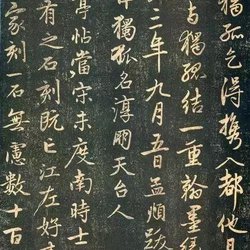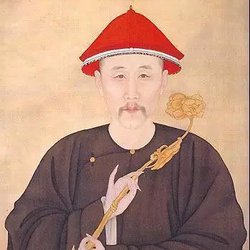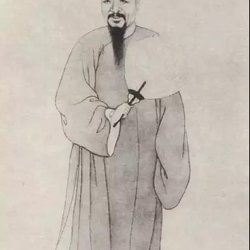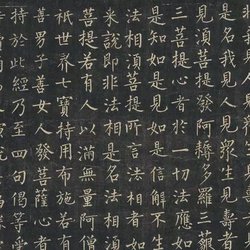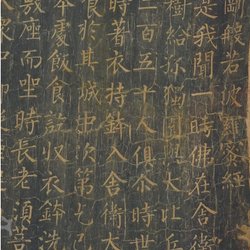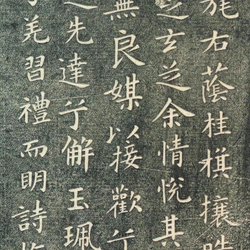"Ode to Jiuyi Mountain" was written by Li He, the first number one scholar in Huguang in the Tang Dynasty, from Mutang Village, Yantang County, Daozhou, now Xiaguan Village, Ningyuan, and written by Liu Gongquan, the number one scholar in the Tang Dynasty and a famous calligrapher, praising the Mausoleum of Emperor Shun on Jiuyi Mountain. "Three unique" calligraphy. Many steles written by Liu Gongquan were engraved by Shao Jianhe. The most valuable thing about "Jiuyi Mountain Ode" is that it was written by Liu Gongquan during the heyday of his work.
Jiuyi Mountain, also known as Cangwu Mountain. Located in Ningyuan County, Yongzhou City, southern Hunan Province, 60 miles south of Ningyuan County, it belongs to the Mengzhu Ridge of the Nanling Mountains, with a length of more than 2,000 miles, connected to Luofu Mountain in the south and Hengyue Mountain in the north. There are many peaks here, which are deep and strange. There are more than 90 peaks above 1,000 meters, most of which are composed of sand shale, granite and metamorphic rock. Known for its unique scenery, strange caves, ancient cultural relics, and touching legends, it is famous both at home and abroad and is fascinating. "Historical Records·The Chronicles of the Five Emperors": "Shun Nan died in the Cangwu Wilderness while patrolling, and was buried in Jiuyi in the south of the Yangtze River." "Shui Jing Zhu" says: "In the Cangwu Wilderness, among several counties with beautiful peaks, there are nine peaks in Luoyan. Each leads to a stream, Xiuhe negative resistance, different ridges with the same force. Travelers are confused, so it is called: Jiuyi Mountain."
Liu Gongquan (778-865), courtesy name Chengxuan, Han nationality, was born in Jingzhao Huayuan (now Yaoxian County, Shaanxi Province) in the Tang Dynasty. He was a famous calligrapher and became the number one scholar in 808. Liu Gongquan was eager to learn when he was young, good at diction and poetry, and understood rhythm. He rose to the rank of Prince's Shaoshi, and was known as "Liu Shaoshi" in the world. Later, Duke Liu was granted the title of Duke of Hedong County, also known as "Liu Hedong". Liu Gongquan was the successor of Yan Zhenqing, but his calligraphy style was unique and unique. Later he was known as "Yan Liu" and became a model of calligraphy in the past dynasties. He first learned calligraphy from Wang Xizhi. Later, he looked at the calligraphy of famous calligraphers of the Tang Dynasty and thought that the calligraphy of Yan Zhenqing and Ouyang Xun was the best, so he absorbed the strengths of Yan and Ou, and formed his own style between the Jin people's charm and Yan's calligraphy. Willow body is famous for its strong bones and is known as "Yan Jin Liu Gu" in later generations.
However, because the Hongzhi edition of Yongzhou Prefecture Chronicles of the Ming Dynasty mistook the author of "Jiuyishan Ode" for the first time, subsequent compilations of Prefecture Chronicles and County Chronicles mistakenly identified the author as Huang Biaoqing, a native of Ningyuan in the Song Dynasty. In fact, the author of "Jiuyi Mountain Ode" is Li He, the first scholar in Huguang.
Li He (807-873), courtesy name Zixuan and nickname Xizhen, was born in Xiaguan Village, Ningyuan, Yongzhou, Hunan Province. He was the number one scholar in 828. In 837, Li He was transferred from Hezhou, Guangxi to Chang'an, the capital of the Tang Dynasty, and served as Minister of the Ministry of Personnel. He became colleagues with Liu Gongquan and became good friends with each other. He also worshiped Liu Gongquan as his teacher and learned Liu style calligraphy. In order to publicize and carry forward the Yu-Shun culture of his hometown Jiuyi, Li He specially wrote "Jiuyi Mountain Ode" and asked his teacher Liu Gongquan for the words. In 844, when Liu Gongquan was 67 years old, his calligraphy reached its peak, and he wrote the exquisite calligraphy work "Jiuyishan Fu". Later, Shao Jianhe, Liu Gongquan’s most beautiful engraving partner, carved it on precious hardwood. When Li He retired, he took it back to his hometown for collection.
"Jiuyi Mountain Ode" was engraved by Shao Jianhe. The sword technique is natural and very subtle. Many steles written by Liu Gongquan were engraved by Shao Jianhe. The most valuable thing about "Jiuyi Mountain Ode" is that Liu Gongquan wrote it during the heyday of his work!
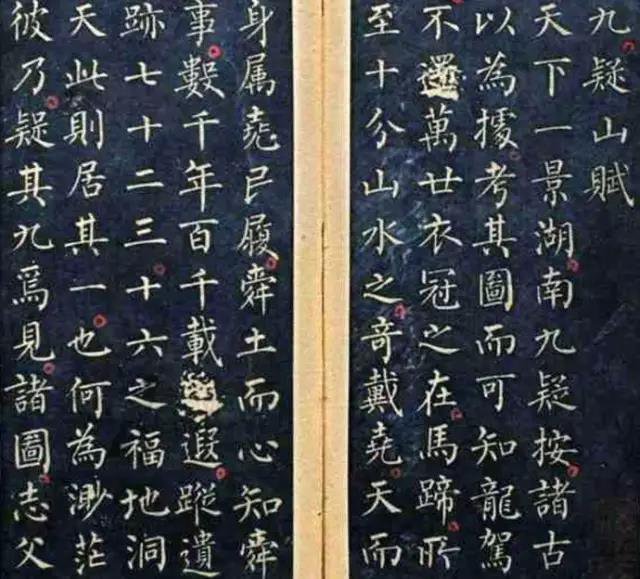
[Tang Dynasty - Liu Gongquan's "Jiuyi Mountain Ode" in regular script]
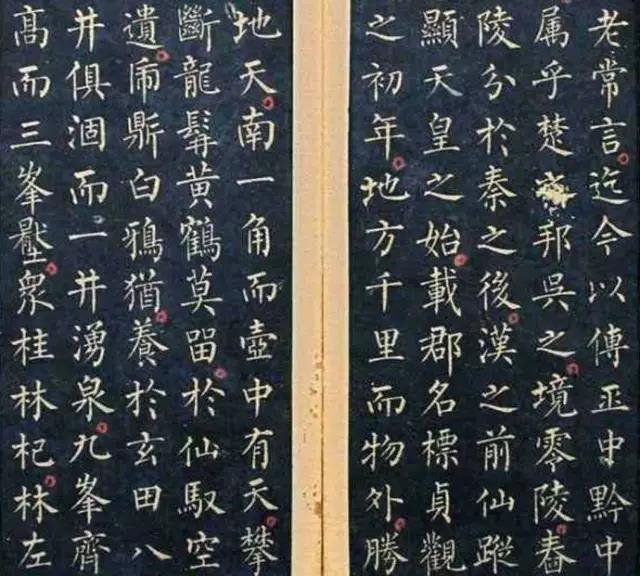
[Tang Dynasty - Liu Gongquan's "Jiuyi Mountain Ode" in regular script]
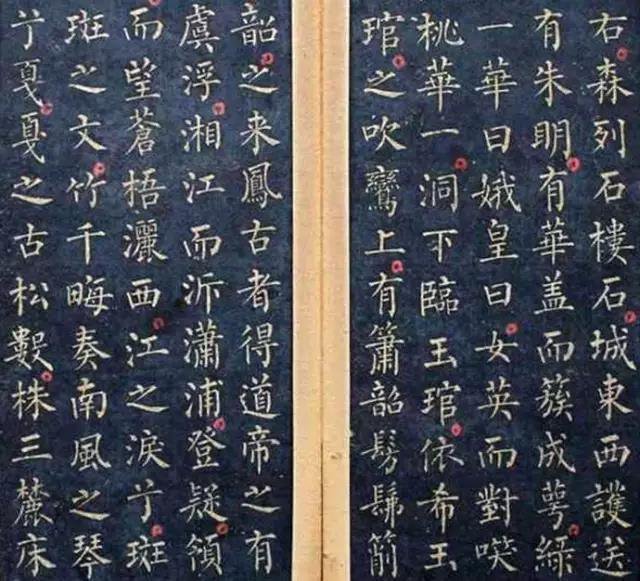
[Tang Dynasty - Liu Gongquan's "Jiuyi Mountain Ode" in regular script]
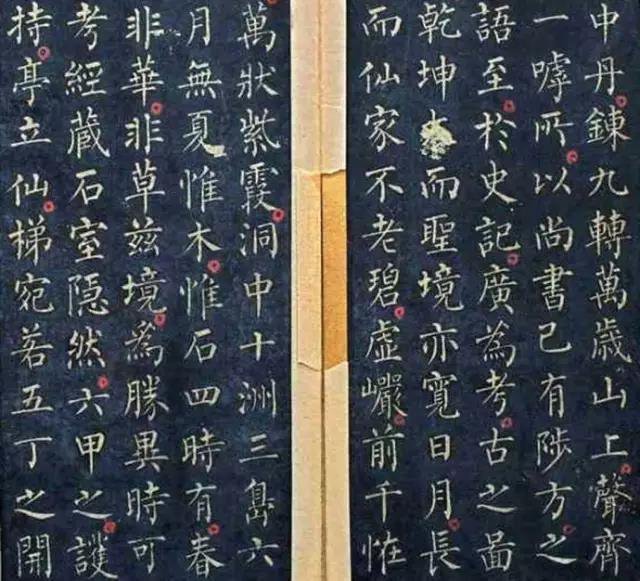
[Tang Dynasty - Liu Gongquan's "Jiuyi Mountain Ode" in regular script]
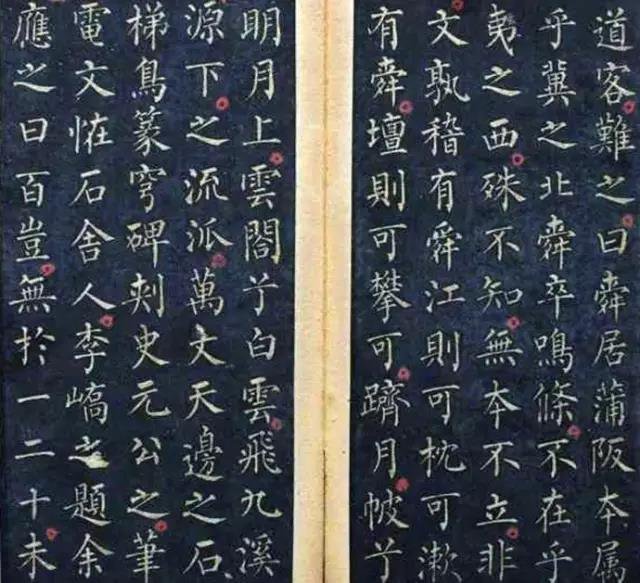
[Tang Dynasty - Liu Gongquan's "Jiuyi Mountain Ode" in regular script]
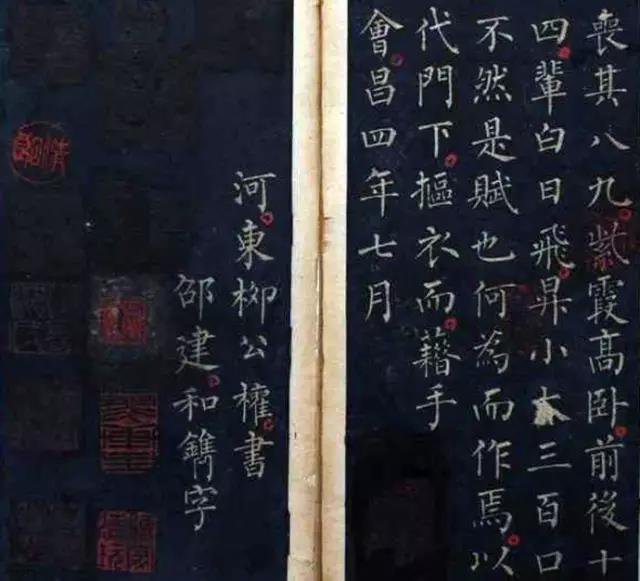
[Tang Dynasty - Liu Gongquan's "Jiuyi Mountain Ode" in regular script]

